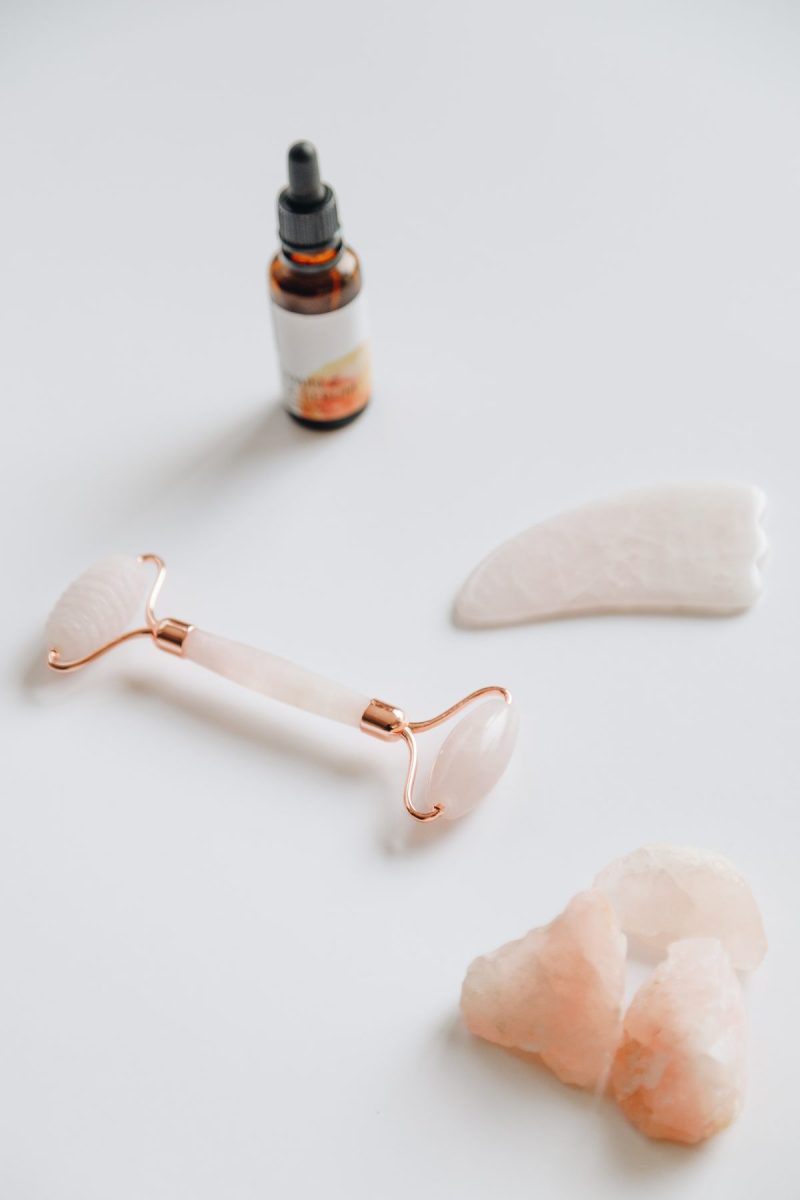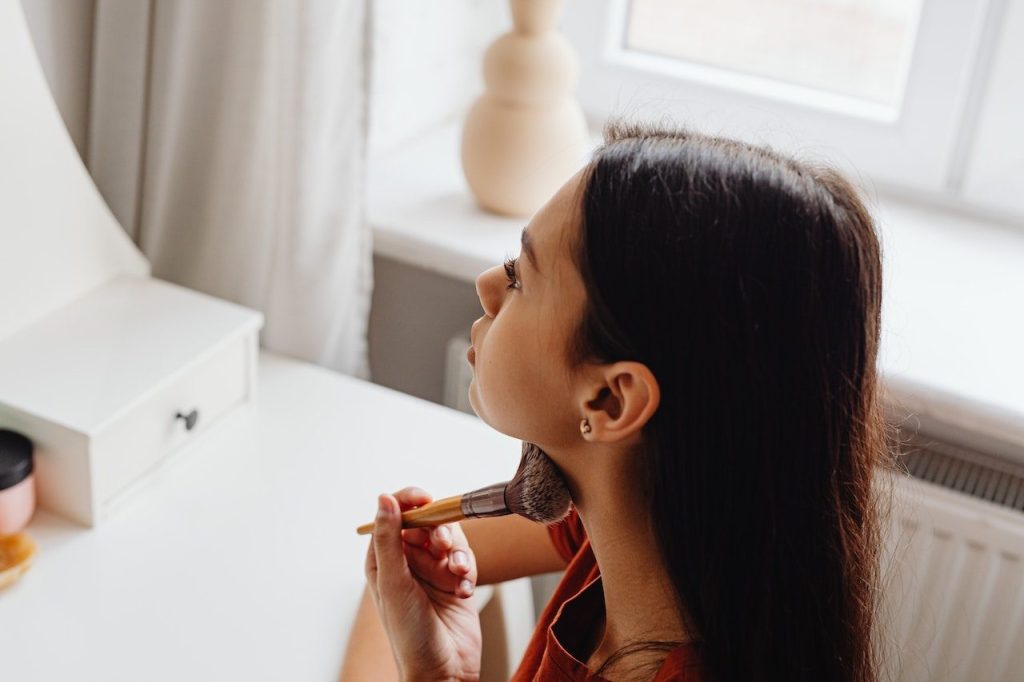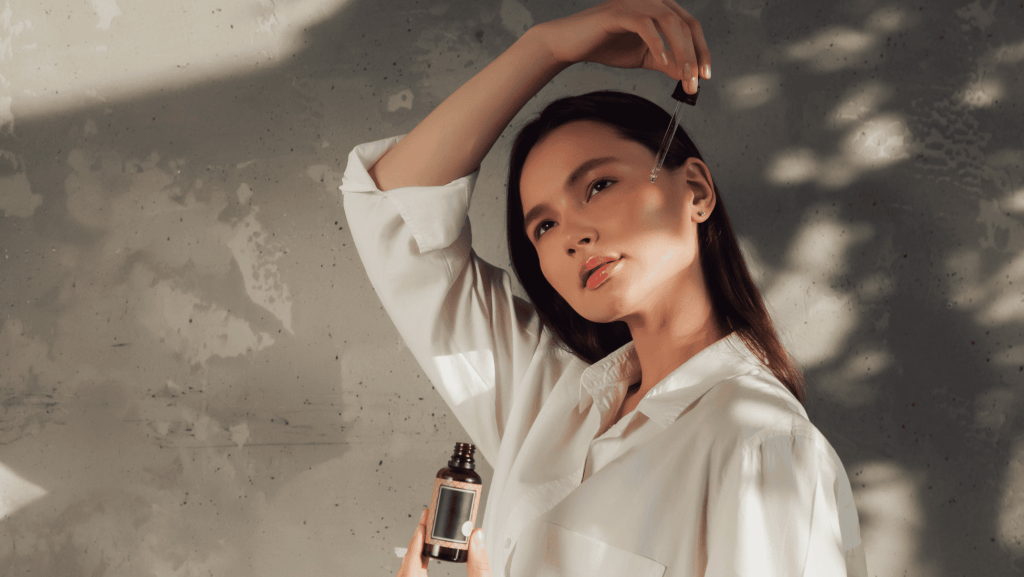The bigger picture
Will the US beauty industry be affected by a recession in 2023? Although the US isn’t in an official recession, many consumers are feeling like they’ve gone through one. NIQ’s recent Consumer Outlook* study found that 40% of the US population feel financially worse off than they did this time last year.
It’s no wonder: the rate of CPG inflation in April alone was 7.6%, outpacing the CPI (Consumer Price Index) rate of 4.9% and remaining well above the normal 2-3% range. As a result, consumers are demonstrating a variety of cost-conscious behaviors in the grocery store, but how will this extend to the beauty category?

Want more US beauty insights?
Get more exclusive insights on beauty buying behaviors and attitudes from the US Beauty Spending Outlook 2023 – Save or Splurge.
How US consumers plan to shop Beauty in 2023
With some shoppers predicting a fall in their disposable income in 2023, 24% of our survey respondents say they will spend less on beauty, 47% plan to spend the same, and just 29% plan to spend more.
Shoppers’ go-to savings strategies include using up current products, purchasing less expensive products, purchasing less frequently, and cutting out products. Conversely, shoppers who say they are planning to spend more indicated that they intend to purchase products more frequently and try new products.
It’s worth noting that some beauty products consistently make the cut for savings-seeking shoppers: 90% of survey respondents indicated that they would never stop purchasing hair care staples such as conditioner and shampoo. Other beauty products that shoppers reserve space in their carts for include skin care (77% of respondents) and fragrance (61%).
The future of US beauty
Has Beauty become a (perceived) unaffordable luxury? Four out of five Americans (82%) perceive that beauty prices have increased, and 29% feel that the increase is greater than increases in grocery and other household categories. However, the price increases in cosmetics are significantly lower than the double-digit price increases in food and other household categories. This reveals an important opportunity for manufacturers and retailers to more clearly communicate savings, offers, and products’ value to shoppers.
There is no doubt that consumers are feeling the effects of high inflation and plan to reduce their spend on beauty in 2023 overall — 24% say they will reduce spending on beauty products in 2023. To stay competitive in a challenging economic environment, CPG firms must understand clear purchase drivers across channels, reward loyalty, communicate savings and offers clearly, and work to stay top of mind. It is also vital to continue innovating to keep the interest of consumers planning to spend more, as they are interested in exploring new options.
Manufacturers and retailers will need to keep close tabs on consumer attitudes in 2023 as inflation continues to linger.
*NIQ Consumer Outlook 2023

Ready to take the next step?
Book a consultation session with our NIQ Beauty Team.




